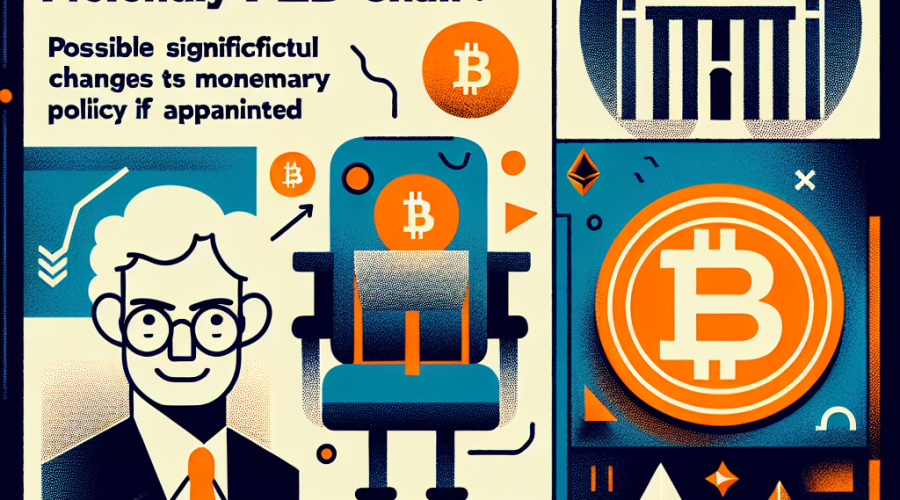The New-found Interest in Cryptocurrency as an Alternative for College Savings
It is fascinating to see the emergent shift in perception towards cryptocurrency as a non-traditional investment platform. Despite the intense volatility of digital currencies such as Bitcoin, an increasing number of parents decide to shun traditional 529 college savings plans and instead invest in cryptocurrency, banking on higher returns on their investment.
Bitcoin: A Hedge against Inflation
As inflation worsens and consumer prices continue to rise, families are looking to Bitcoin as a potential hedge. They believe that Bitcoin may serve as a robust long-term asset with stronger growth potential than traditional savings systems, including the conventional 529 plans. They argue that Bitcoin could yield better investment results after an extended period.
The Merits of Bitcoin Over Traditional Savings Plans
Parents are exploring the advantages of cryptocurrencies and their distinct properties as a compelling reason to consider them over state-sponsored 529 savings plans. For instance, the deflationary nature of Bitcoin makes it a reliable alternative, despite the volatile movements of the cryptocurrency market.
529 college savings plans, though designed for educational expenses with certain tax benefits, come with strict rules. These funds must be used exclusively for school-related costs, such as tuition, books, room, and board. If a potential student chooses to utilize these funds for other aspirations like starting a business or exploring the world, they face a 10% penalty plus additional taxes.
Besides, these savings also reduce financial aid eligibility, especially when owned by grandparents. Each state has specific rules, with some offering better tax benefits than others. High fee requirements can also serve as a deterrent. Despite these constraints, the 529 plans remain a favorable choice for college savings amongst most families.
Implications of Using Cryptocurrency for College Savings
Digital currencies such as Bitcoin are considered as assets on financial aid forms like FAFSA, impacting financial aid eligibility. If these currencies are disposed of for a profit, the gain is included in the adjusted gross income, potentially reducing the financial aid.
The Evolving Landscape of Cryptocurrency and Education Funding
Only a handful of U.S. colleges such as Kings College (NY) and Wharton (UPenn) currently accept Bitcoin for tuition purposes, along with several international institutions. However, student loan payments cannot be made directly using Bitcoin without attracting tax consequences.
Cryptocurrencies cannot be integrated into a 529 plan as of yet. However, it’s noteworthy that past administrations have altered 529 rules. For example, under the Tax Cuts and Jobs Act of 2017, the 529 college savings plans were broadened to include K-12 private school tuition. This means that up to $10,000 per year could be utilized from a 529 plan for private or qualifying K-12 schools’ tuition, excluding related expenses for public schools.
The Future of Cryptocurrency and College Savings
The future of cryptocurrencies intermingling with 529 plans is still uncertain. However, with the increasing popularity and acceptance of Bitcoin and the likes, some implication or association between the two may not be farfetched. With time, we may see these seemingly separate worlds intersect, demonstrating an innovative blend of traditional educational finance and digital currencies.
















